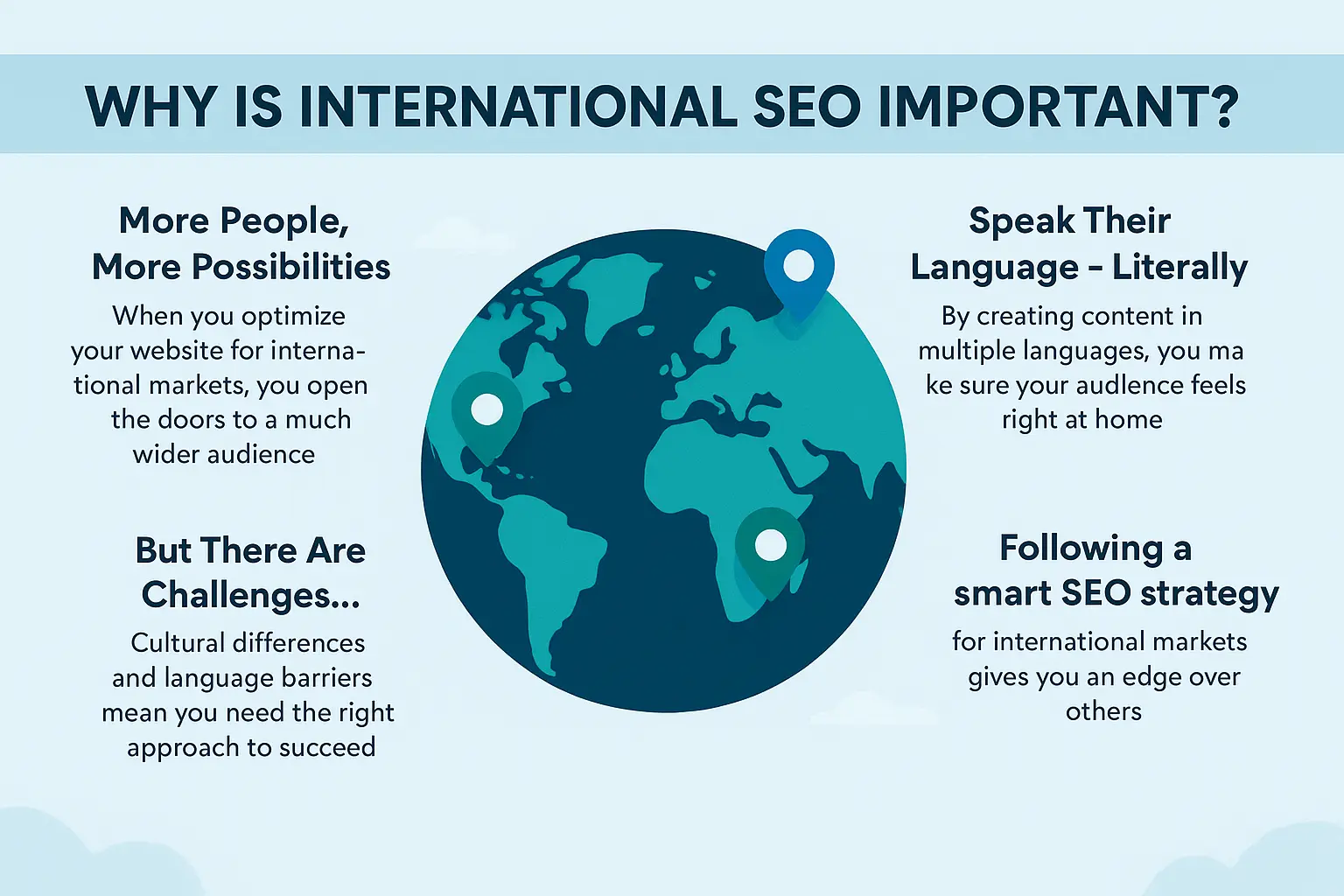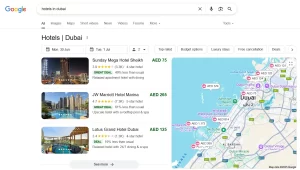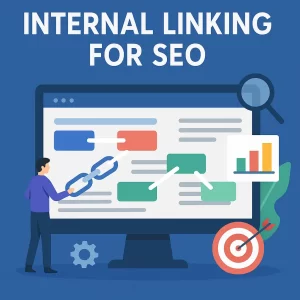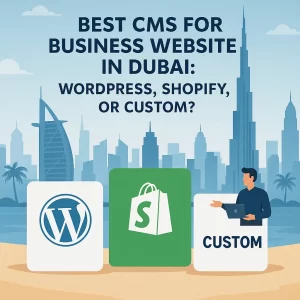We live in a world where your online presence speaks louder than anything else. Whether you’re a small business or a big brand, chances are you’re not just thinking local—you’re thinking global. Agree?
Imagine you have a great product or service, but only people in one country can find you online. That’s like opening a store in a busy mall but keeping the lights off and the door half-shut. Not ideal, right?
That’s the main reason why optimizing your website for a global audience is more important than ever. With the right international SEO best practices, you can reach people across countries, languages, and cultures—without building a new website every time.
This is where an experienced international SEO agency becomes your best partner. They help you follow a smart and simple global SEO strategy that works for different markets and search engines around the world.
In this blog, we’ll walk you through simple but powerful global SEO strategies that help your website rank worldwide. Whether you’re targeting customers in Dubai, Tokyo, or New York, international SEO makes sure your message gets delivered to the right people—in the right way.
Talk to a Team of International SEO Experts
Ready to take your business global? Connect now with Rands Digital and grow your visibility beyond borders.
Why Is International SEO Important?
Let’s say your business is doing great in your home country—so why stop there? With more people shopping, searching, and connecting online from every corner of the world, the opportunity to grow globally is bigger than ever.
-
More People, More Possibilities
When you optimize your website for international markets, you open the doors to a much wider audience. People from different countries can find your website in their own language and through their local search engines. That means more visitors, more interest, and more potential customers.
-
Speak Their Language – Literally
Here’s the thing—one-size-fits-all content doesn’t work globally. People connect better when your website feels local. That’s where multilingual SEO and global content marketing come in. By creating content in multiple languages and adapting it to fit different cultures, you make sure your audience feels right at home—no confusion, no awkward translation errors.
-
Beat the Competition
Not every business takes the time to do this right. If you follow a smart SEO strategy for international markets, you’ll have an edge over competitors who are still treating every visitor the same—no matter where they’re from.
-
But There Are Challenges…
Of course, going global isn’t just a click away. Cultural differences, different search behaviors, and language barriers can be tricky. That’s why many growing businesses team up with an international SEO agency—they know how to handle all the technical stuff and get your website noticed in the right places.

Best Practices for International SEO
-
Implement Hreflang Tags
Ever visited a website and it showed up in a language you don’t speak? That’s frustrating, right? That’s exactly what hreflang tags help prevent.
Hreflang tags are bits of code that tell search engines which version of your page to show based on a user’s language and location. So if someone in Spain is searching, they’ll see your Spanish content—not the English one by mistake.
This is especially important for multilingual SEO, because it confirms that people always get the right content, in the right language, at the right time.
Properly using hreflang tags helps avoid duplicate content issues and ensures users get the right experience, no matter where they’re browsing from. But if you skip them or use them incorrectly, search engines can get confused—and that means your content might not show up in the right country, or at all.
In short, hreflang tags help your global audience feel like your website was made just for them—and that’s a win for everyone.
-
Choose the Right Domain Structure
When you’re taking your website global, the way you set up your web address (domain) really matters. It’s like choosing the right address for your online store—it helps search engines and people know where your content belongs.
One option is using country-specific domains like .uk for the United Kingdom or .ae for the UAE. These are great if your business focuses on one particular country. They help build trust with local users and make it clear that your website is meant for their region.
Another choice is using subdomains, like uk.yourwebsite.com or ae.yourwebsite.com. These are part of your main website but act like mini-sites for each country. This setup works well if you want each country’s content to feel a bit separate, while still keeping it all under one brand.
Then there are subdirectories, like yourwebsite.com/uk/ or yourwebsite.com/ae/ (For UAE Targeting Websites). This structure is easy to manage and helps you keep all your website content under one domain. It’s a smart choice if you want to save time and maintain your website’s overall SEO strength.
No matter which option you go with, don’t forget to set geo-targeting in Google Search Console. This tells search engines which country your pages are meant for and helps them show your content to the right people.
Choosing the right domain structure is a key part of your global SEO strategy—it helps search engines guide your international visitors to the right place, every time.
-
Optimize for Local Search Engines
When we think about search engines, most of us immediately think of Google. But here’s the thing—not every country uses Google as their go-to search engine.
For example, people in China mostly use Baidu, and in Russia, they prefer Yandex. So if you’re only optimizing your website for Google, you might be missing out on a huge part of your potential audience.
That’s where geo-targeting comes in. It means tailoring your SEO strategy to fit each region and its preferred search engine. Every search engine has slightly different rules and ranking factors, so it’s important to do some research before expanding into a new market.
To get started, do localized keyword research. This means finding out what people in that country are actually searching for—in their language and using their local terms. The words someone types into Google in the U.S. might be very different from what someone in Japan or Germany searches for.
You can use tools like Google Keyword Planner, Yandex Wordstat, or Baidu’s own keyword tools to get insights. Don’t forget to also consider cultural context—what works in one country might not make sense in another.
-
Multilingual SEO & Global Content Marketing
When going global, speaking your audience’s language isn’t just nice, it’s necessary. But there’s a big difference between translation and localization.
Translation is just changing words from one language to another. It’s helpful, but not always enough. Localization, on the other hand, means adapting your content to fit the culture, tone, and preferences of a specific region. This includes the way people speak, what they care about, and even how they shop or search online.
That’s where multilingual SEO steps in. It helps your website show up in search results across different languages and regions—making sure people can actually find your localized content.
This process can be tricky, especially when you’re managing multiple languages and regions. That’s why many businesses team up with an international SEO agency. These experts know how to create content that speaks directly to your target audience, in a way that feels familiar and natural to them.
They help with things like keyword research in different languages, region-specific landing pages, and cultural adjustments that go beyond simple translation. It’s all part of a strong global content marketing strategy that ensures your brand message hits home—wherever “home” may be for your audience.
When done right, multilingual SEO paired with global content marketing turns your website into a truly international platform.
-
Technical SEO for International Websites
When it comes to reaching a global audience, the behind-the-scenes work—also known as technical SEO—plays a big role. These technical steps make sure your content is shown in the right language, to the right people, in the right country.
One of the most important things to set up is hreflang tags. These tags help search engines understand which version of your page to show based on a user’s language and location. For example, if someone in Japan visits your site, they’ll automatically see the Japanese version. This also helps avoid issues with duplicate content across different language versions.
Canonical tags are another useful tool. If you have similar pages for different countries (like one for the US and one for the UK), a canonical tag tells search engines which page is the “main” one. This prevents confusion and helps with better ranking.
Next, consider where your website is hosted. While server location isn’t the biggest ranking factor, it does affect how fast your site loads for users in different parts of the world. To improve speed and performance, many businesses use a Content Delivery Network (CDN), which stores and delivers your content from servers around the globe.
Another helpful element is schema markup, also known as structured data. This tells search engines more about your content—such as your business details, products, or services—so they can display it more clearly in search results. It’s especially useful for local search visibility.
Finally, choose a CMS (Content Management System) that supports multilingual and multi-regional SEO. This makes it much easier to manage content in different languages, add hreflang tags, and structure your URLs for international users.
With these technical SEO practices in place, your website will be better prepared to rank and perform well in multiple countries. If it sounds a bit complex, don’t worry—partnering with an experienced international SEO agency can make the whole process smoother and more effective.
The Role of an International SEO Agency
Expanding into global markets can be exciting—but it also comes with its challenges. That’s where an international SEO agency becomes your best friend. These experts know the ins and outs of ranking in different countries, across various languages, and on multiple search engines.
If going global is your goal, partnering with the right international SEO agency can make the journey smoother, faster, and much more successful.
Conclusion
Reaching a global audience isn’t just about translating your website—it’s about building meaningful connections with people in different parts of the world. By following international SEO best practices, you’re not only improving your visibility across borders but also showing your audience that you understand and value their unique needs.
From choosing the right domain structure and optimizing for local search engines to implementing hreflang tags and creating culturally-relevant content, every step matters. And while going global can be complex, the rewards—more traffic, stronger brand trust, and increased sales—make it all worthwhile.







